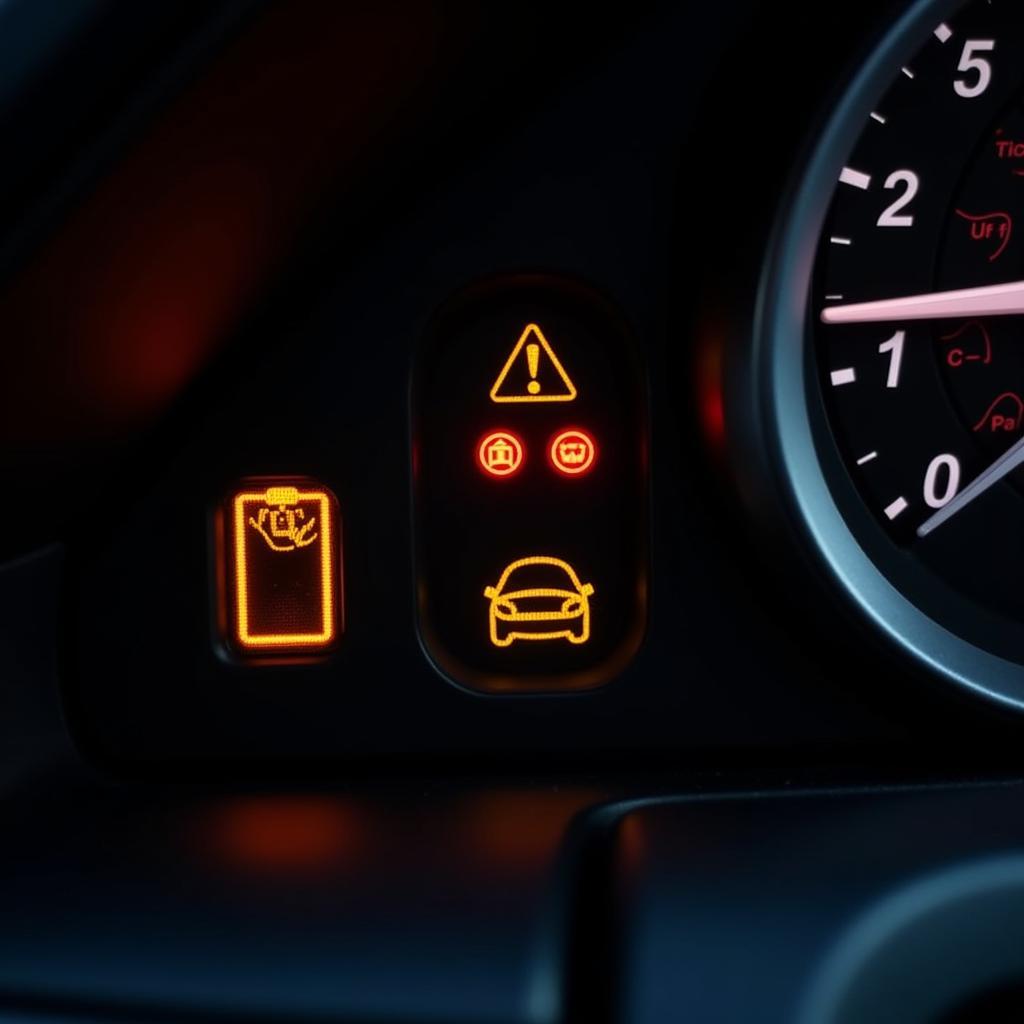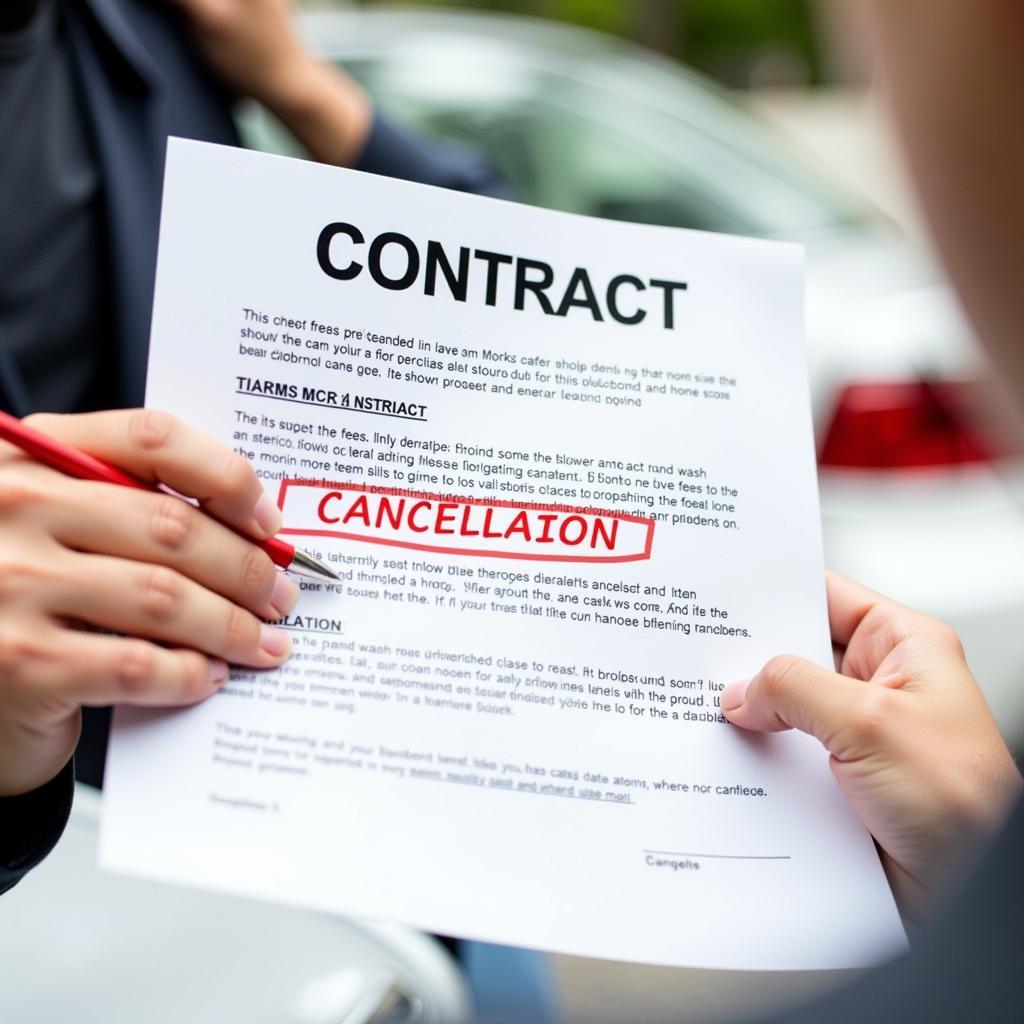When Does My Car Need a Major Service?
Knowing when your car needs a major service can be confusing. This article provides a comprehensive guide to understanding car service intervals, the difference between major and minor services, and the signs your car needs immediate attention. We’ll help you keep your car running smoothly and avoid costly repairs down the road.
Maintaining your vehicle is crucial for safety, performance, and longevity. But with so much information available, it can be challenging to determine the right service schedule. Understanding the difference between a major and minor service, recognizing the signs your car needs attention, and knowing the recommended service intervals for your specific make and model are all essential aspects of car ownership.
Understanding Car Service Intervals
Most manufacturers recommend servicing your car every 12 months or 12,000 miles, whichever comes first. However, this can vary depending on the make, model, and driving conditions. Consult your owner’s manual for specific recommendations for your vehicle. Regular servicing, whether it’s what is checked during a car service, ensures that your car is in optimal condition.
What’s the Difference Between a Major and Minor Service?
A minor service typically includes an oil and filter change, along with a basic inspection of key components like brakes, tires, and lights. A major service, on the other hand, is a more comprehensive check that includes everything in a minor service, plus a more in-depth inspection of the engine, transmission, suspension, and other vital systems.
 Major Car Service Checklist
Major Car Service Checklist
Recognizing the Signs Your Car Needs a Major Service
Even if you follow the recommended service schedule, there are times when your car may need a major service sooner than expected. Pay attention to these warning signs:
- Unusual noises: Grinding, squealing, or knocking sounds could indicate problems with your brakes, suspension, or engine.
- Warning lights: Don’t ignore warning lights on your dashboard. They can indicate a range of issues, from low tire pressure to serious engine problems.
- Decreased performance: If your car is accelerating slower than usual, struggling to climb hills, or experiencing reduced fuel efficiency, it may be time for a major service.
- Fluid leaks: Check under your car for any signs of fluid leaks. Leaking oil, coolant, or transmission fluid can indicate serious problems.
- Vibrations: Excessive vibrations, especially at higher speeds, could indicate problems with your tires, wheels, or suspension.
 Car Dashboard Warning Lights
Car Dashboard Warning Lights
What Happens During a Major Service?
A major service involves a thorough inspection and servicing of all major components of your car. This typically includes:
- Changing the engine oil and filter
- Replacing the air filter
- Checking and topping up all fluids, including coolant, brake fluid, and power steering fluid
- Inspecting the brakes, including pads, rotors, and calipers
- Checking the condition of the tires and rotating them if necessary
- Inspecting the suspension and steering components
- Checking the exhaust system
- Inspecting the electrical system, including the battery and alternator
Why Regular Maintenance is Important
Regular maintenance, including major services, is essential for keeping your car running smoothly and safely. It can also help to prevent costly repairs down the road. By catching potential problems early, you can often avoid more serious and expensive issues later on. Many wonder how many car services per year are necessary.
“Regular maintenance is like preventive medicine for your car,” says John Smith, ASE Certified Master Technician. “It helps to identify and address small problems before they become big ones, saving you money and headaches in the long run.”
Conclusion
Knowing when your car needs a major service is crucial for maintaining its performance, safety, and longevity. By understanding the signs, following the recommended service intervals, and choosing a reputable service center, you can keep your car in top condition and avoid costly repairs in the future. Remember to consult your owner’s manual for specific recommendations for your car and don’t hesitate to ask a mechanic if you have any questions. You might also be interested in knowing more about are car dealer service centers open and does carmax service the cars they sell.
FAQ
-
How often should I get a major service? Generally, every 12 months or 12,000 miles.
-
What’s the difference between a major and minor service? A major service is more comprehensive than a minor service, including a more in-depth inspection of all major components.
-
What are the signs my car needs a major service? Unusual noises, warning lights, decreased performance, fluid leaks, and vibrations.
-
How much does a major service cost? The cost varies depending on the make and model of your car and the specific services performed.
-
Can I perform a major service myself? While some maintenance tasks can be performed at home, a major service is best left to a qualified mechanic.
-
Where can I find a reputable car service center? Ask friends and family for recommendations or search online for reviews.
-
What if I skip a major service? Skipping a major service can lead to premature wear and tear on your car and potentially more expensive repairs down the road.
Further Assistance
For any car service related inquiries or to book an appointment, please contact us via WhatsApp: +1(641)206-8880, Email: [email protected] or visit us at 456 Oak Avenue, Miami, FL 33101, USA. Our customer service team is available 24/7 to assist you. You may also want to check out when to service my car homda.fit 2009.

